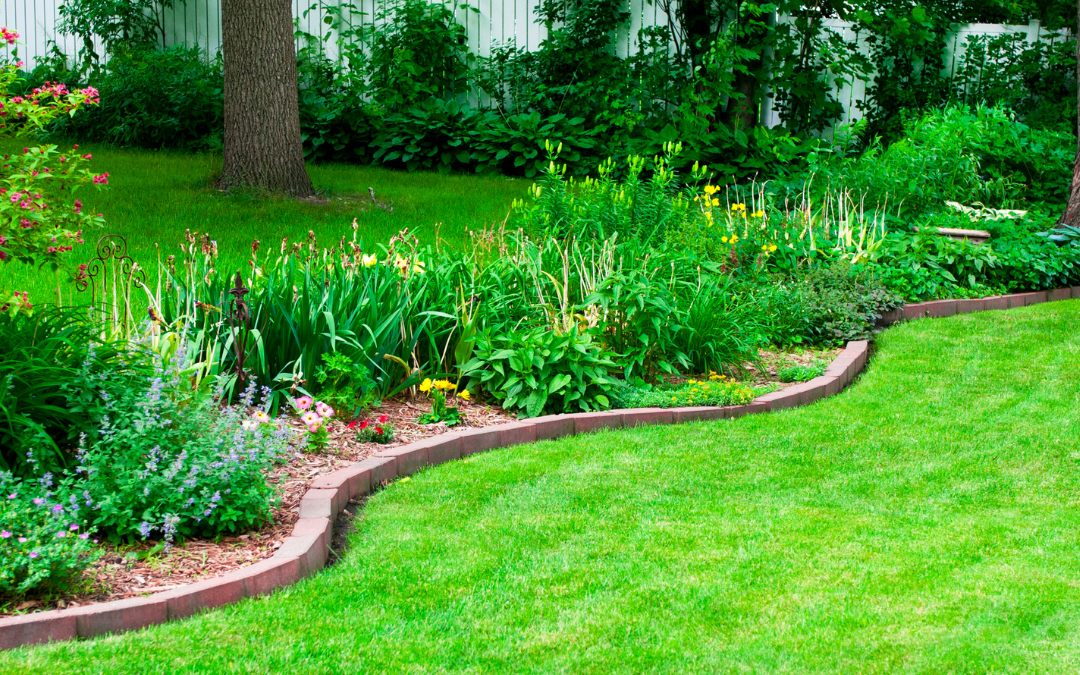Summer in Greater Cincinnati and Northern Kentucky can bring brutal heatwaves that stress not just us, but our lawns too. Protecting your grass during these extreme conditions is key to keeping your yard green, healthy, and ready to bounce back when the cooler temps return.
Let’s dive into these essential summer lawn care tips!
Table of Contents
How Does Summer Heat Stress Affect My Grass?
When temperatures climb above 85°F, your cool-season grasses like Kentucky Bluegrass or fescue start to struggle. Here’s what happens:
- Grass slows its growth to conserve energy.
- Blades may turn brown or yellow, but this is often dormancy, not death.
- Soil dries out faster, pulling away vital moisture from roots.
- Weeds thrive because stressed grass leaves room for invasion.
Remember: Dormancy is your lawn’s survival mode. A brown lawn isn’t necessarily a dead lawn — it’s often just “sleeping” to wait out the heat.
Read our blog to learn how to make your lawn look its best for your summer guests!
Should I Water My Lawn Every Day During Hot Weather?
It’s tempting to water daily when your lawn looks thirsty, but:
- Daily watering encourages shallow roots, making grass more heat-vulnerable.
- Deeper, infrequent watering builds stronger roots that can reach moisture far below the surface.
Aim for:
– 1 to 1.5 inches of water per week (including rainfall)
– Two or three deep waterings per week, not daily sprinkles
– Watch for footprints that stay visible — that’s a sign your grass needs a drink
When Is the Best Time of Day to Water My Lawn in Summer?
Watering at the right time makes all the difference.
- Best time: Early morning (between 6–10 AM)
- Why? Cooler temps, less wind = better absorption, less evaporation
- Avoid: Evening or night watering — it can lead to fungal disease
If you use an irrigation system, set the timer for pre-dawn or early morning to maximize efficiency and help your grass withstand the heat.
How Can I Adjust Mowing Height to Protect Against Heat?
One of the simplest — and most overlooked — ways to help your lawn survive a heatwave is to raise your mower blade.
- Cutting too short (“scalping”) weakens the grass, exposing roots to direct sun.
- Ideal summer height:
- 3–4 inches for cool-season grasses
- 2–2.5 inches for warm-season grasses like zoysia
Plus: Keep your mower blades sharp to avoid tearing grass, which increases stress and vulnerability.
Keep Your Lawn Healthy All Summer Long
Surviving a heatwave takes a smart, gentle approach. With the right watering habits, mowing height, and a little patience, your lawn can stay resilient and beautiful even in the hottest months.
Need help setting up a summer lawn care plan or installing a smart irrigation system? Call Straight Line Landscaping at 513-702-1543 for expert advice and services tailored to the Cincinnati and Northern Kentucky climate.
Follow us on Facebook or visit our Google Business Profile for more local landscaping tips, seasonal updates, and gorgeous project photos!

